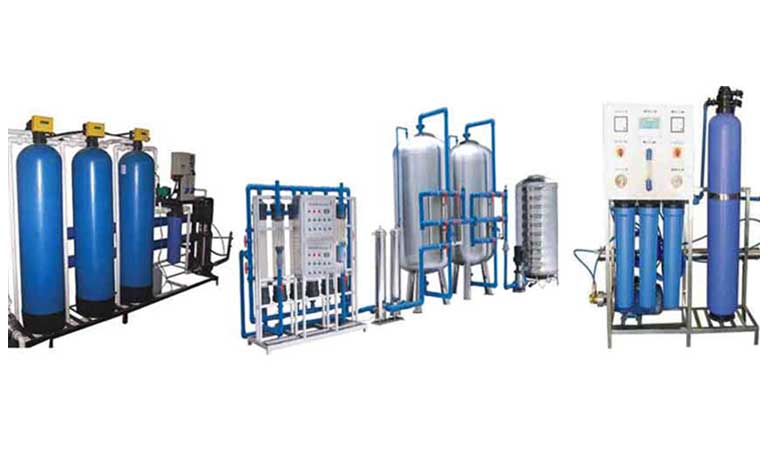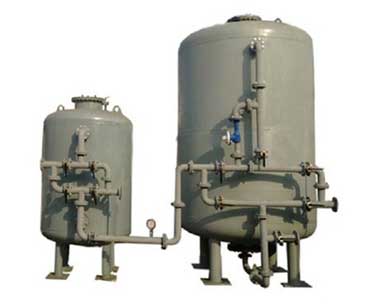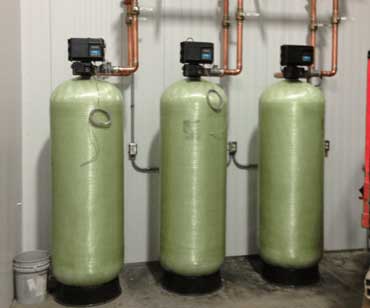There are many types of chemical water softeners. The most popular type uses ion exchange resin, an insoluble sand-like matrix with highly developed pores that attract and exchange negatively-charged ions. The resin is coated with sodium ions, which are a good choice if you live in an area with high concentrations of calcium and magnesium. In addition, ion exchange resin is also manufactured to prefer a particular type of ion.
However, salt-based softeners are not ideal for every home. The use of salt in these systems can damage pipes, resulting in elevated copper and lead levels in the drinking water, and the added sodium can have negative effects on health. Additionally, water used to regenerate softener beads ends up in landfills, reducing the amount of freshwater that reaches your home. Therefore, it is essential to maintain a constant flow of softened water to ensure the system's effectiveness.
Sodium-based compounds can be soluble in water, so water softeners use plastic resin beads to remove these minerals. The resin beads become saturated with the sodium ions in water, and as they dissolve in the resin, the hardness ions are freed from them. As a result, the water softener will need to be regenerated often to keep its efficiency. The process can take up to a week, depending on the manufacturer.









